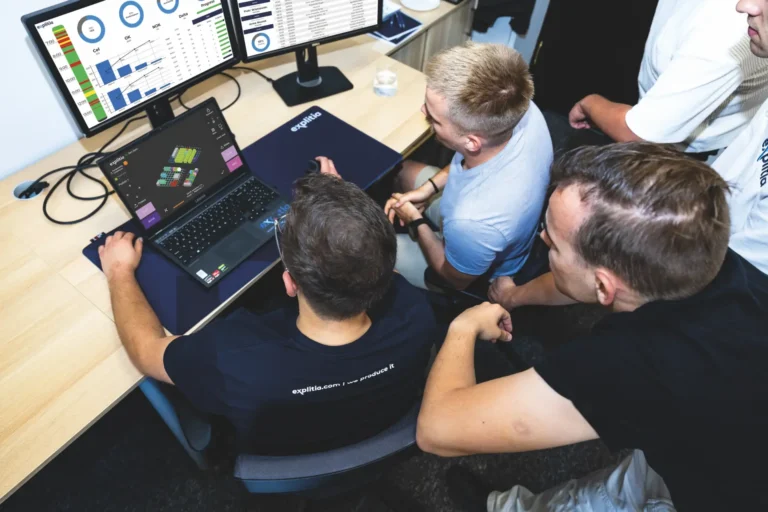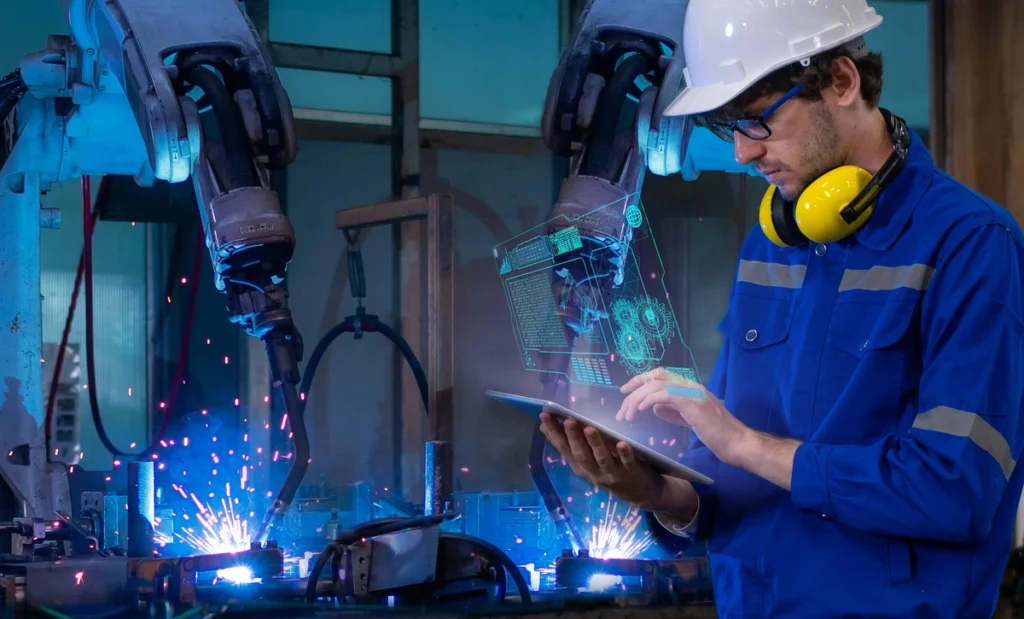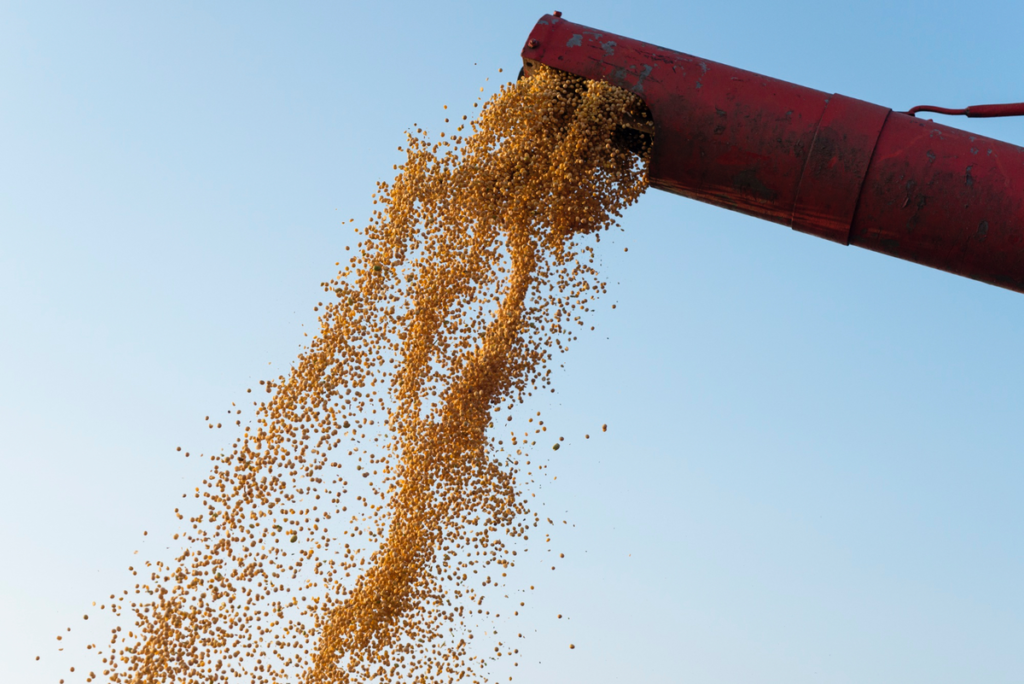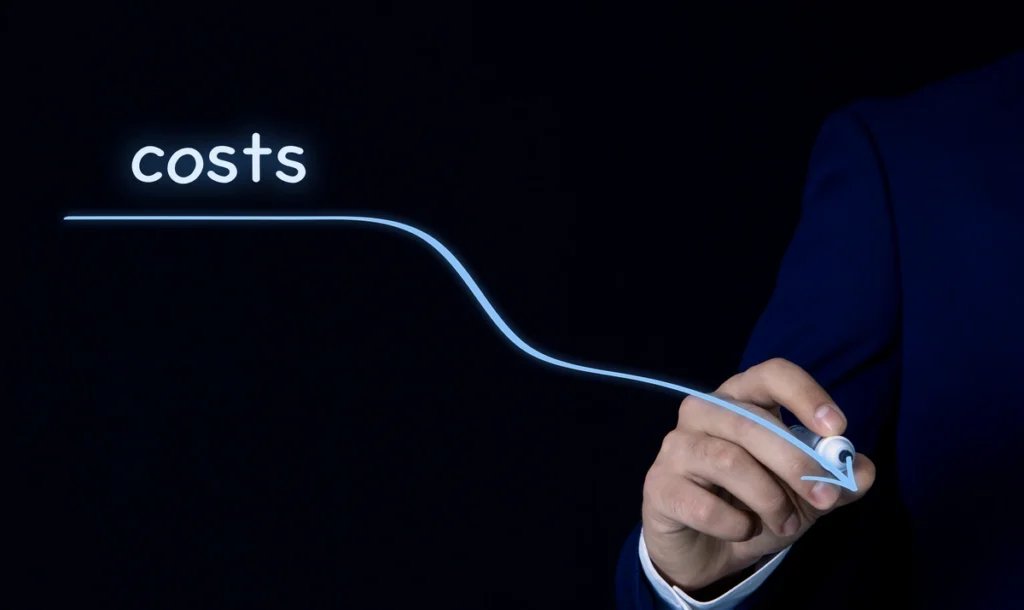Digital transformation of manufacturing? Do it with explitia
Thanks to our experience, we know how to guide you through technological change – step by step, without unnecessary chaos. You don’t have to be an automation expert – that’s our job. We support you at every stage.
We value a partnership-based approach and solutions tailored to the real conditions of your plant. Transparent, grounded in your processes, goals, and daily challenges. That’s why we offer various cooperation models – always starting with analysis and ending with measurable outcomes.
Stages of cooperation with explitia

Discovery call
At explitia, we believe that digital transformation begins with the right questions. That’s why every project starts with a Discovery Call. It’s a remote meeting with no presentations or sales documents. Instead, we talk about the challenges and goals that truly matter to your factory.
We approach this stage like a medical diagnosis – before we propose anything, we want to find the root cause of the problem. We analyze needs, ask questions, and identify potential development paths together. Thanks to this, we can offer you ready-made explitia solutions or design custom software using world-class tools such as AVEVA or COPA-DATA.

Would you like to start a cooperation?
If you want to see what it’s like to work with a partner who truly listens – let’s talk.
Free workshop
After the initial diagnosis, it’s time for an on-site examination. At this stage, we offer two cooperation formats: the Targeted Workshop and the 360 Workshop. See what they involve and how they differ.

Workshop
During this one-day Targeted Workshop, our experts analyze the processes and working environment at your production facility in detail. These activities focus on a specific challenge.
The goal is to map the selected area, propose concrete solutions, and collect the information needed to present a budget concept.
360 Workshop
The 360 Workshop was created to support you when you’re unsure where inefficiencies are hiding in your factory. Before investing in new IT systems, we help you identify what truly needs improvement. Our experts will spend 6–8 hours on-site, analyzing your processes, uncovering hidden losses, and preparing a clear diagnosis.

Sounds interesting? Find out what’s really slowing down your factory – without risk, without cost.
The first two stages of cooperation with explitia give you a chance to look deeper and identify what truly blocks your company from running at its best. No obligations, no invoice – but with real insights.
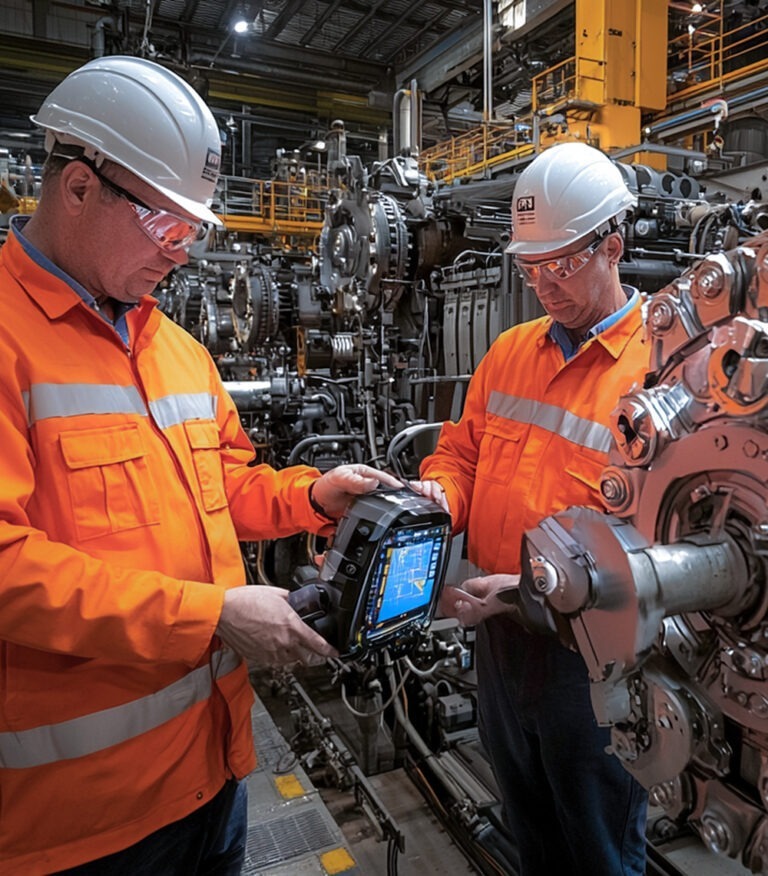
Assessment – paid consulting
Assessment is an in-depth analysis of selected areas of your production facility. Our experts spend about a week on-site, based on insights from the 360 Workshop or Targeted Workshop, and then prepare detailed documentation – ready for implementation decisions.
The scope includes, among others:
- analysis of the current situation and data sources,
- assessment of the organization’s digital readiness,
- comparison of the current and target states,
- development of a digital transformation roadmap with a timeline and budget,
- preparation of an implementation offer.
The result is a functional requirements document, a ready implementation plan, and specific technology recommendations – everything you need to start your project with confidence and without risk.
Our goal is not just to deliver an IT system, but to build a long-term relationship that genuinely supports your business growth and operational efficiency.
Regardless of the cooperation model you choose, we always work in the spirit of partnership – with full team commitment and responsibility for the final result.
Explore explitia’s innovative solutions

Production Portal
An advanced yet scalable system designed to implement either a specific module or a comprehensive ecosystem. Its capabilities extend far beyond those of a standard MES (Manufacturing Execution System).
It offers solutions for automatic production order planning and scheduling, data visualization and collection, OEE analysis, statistical process control, reporting, and traceability, among others.

IT Services
We combine process expertise with IT! Alongside our proprietary solutions, we support the selection and implementation of MES and SCADA systems from leading global providers. We also offer tailored IT solutions and advanced BI reporting. Our services include independent technology consulting, infrastructure selection, and machine data extraction. Additionally, our customers benefit from ongoing technical support they can rely on.
explitia by the numbers
3 product lines
30+ solutions offered
50+ specialists
400+ applications in operation
Contact us
Do you want to move your production plant to level 4.0? Are you interested in modern solutions for industry in the field of automation and digitisation? Be sure to let us know!
Digital transformation of the enterprise - it pays off!
Looking to boost production efficiency, cut costs, and gain a competitive edge? You’re in the right place! Explitia’s team is here to guide your organization on its journey to Industry 4.0.
Digital transformation isn’t a revolution — it’s a strategic pathway to accelerating industrial growth.

explitia a partner in digital business transformation
As experts in Industry 4.0, we provide comprehensive solutions to support your enterprise’s digital transformation. Our expertise and experience enable us to tailor solutions to meet the specific needs of your manufacturing plant.
Don’t wait—embrace the path to automation and step into Industry 4.0! Contact us, and together we’ll find the optimal solution for your business.
Industry 4.0 solutions tailored to your industry - explitia
We specialize in the digital transformation of various industries, including automotive, chemical, food, appliance, pharmaceutical and electrical.
Automotive Industry
explitia supports the digital transformation of automotive manufacturing plants with cutting-edge IT solutions designed to enhance process efficiency and precision.
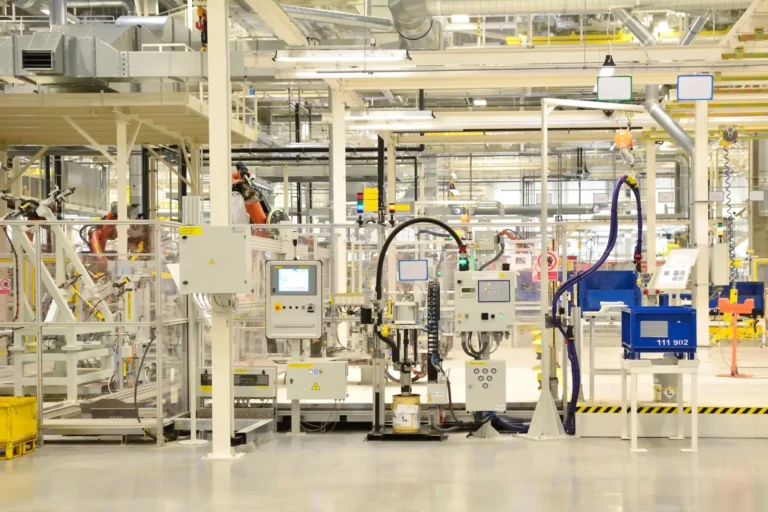
Food Industry
With explitia’s IT systems, food plants can optimize production processes while maintaining the highest standards of safety and quality.
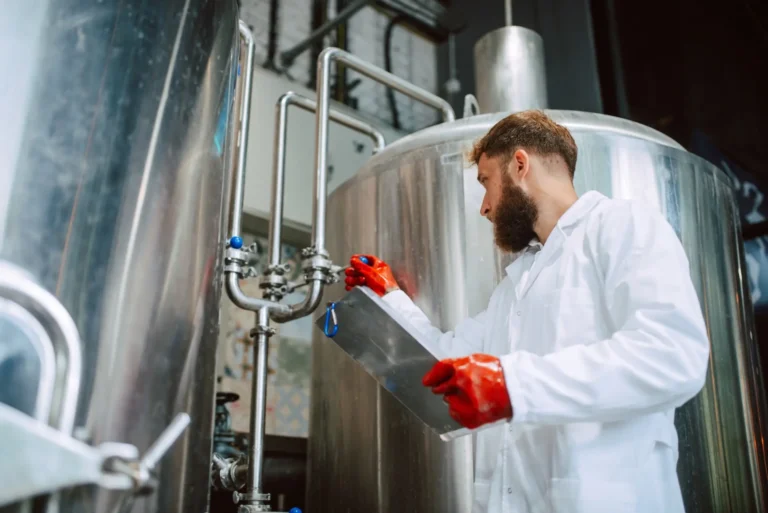
Chemical Industry
explitia’s IT solutions help chemical plants automate processes, increasing production efficiency and safety.
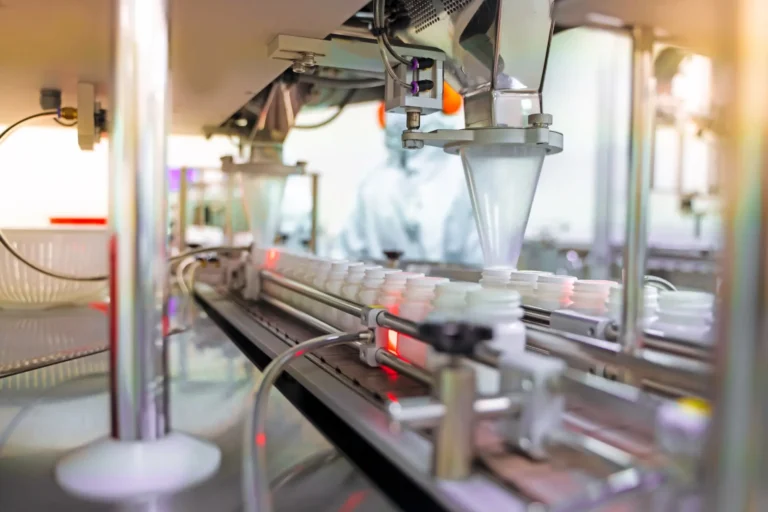
Electronics and home appliances industry
explitia supports home appliance manufacturers in digitizing their manufacturing processes, providing tools for production optimization and quality management.
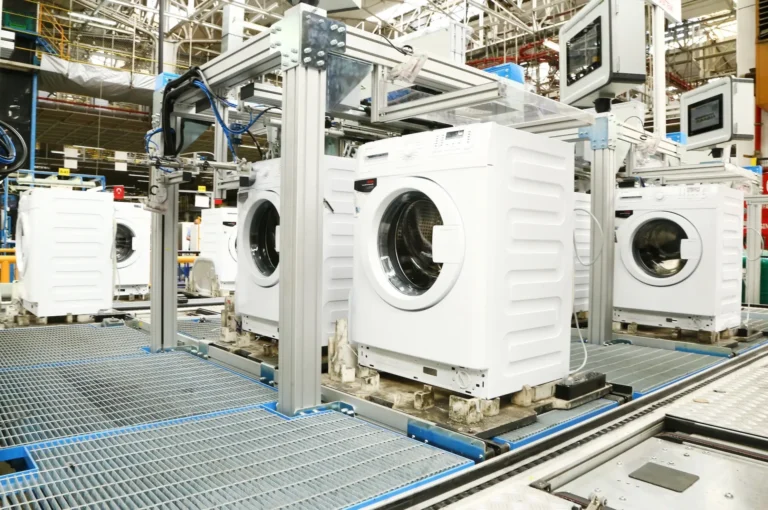

explitia's values and mission
Our mission is to digitize manufacturing plants – we provide IT solutions that help operations run faster, safer and more efficiently. Thanks to the systems implemented by our experts, manufacturing companies can optimize processes, reduce costs and improve quality and production efficiency.
However, explitia is first and foremost about the people and values we identify with. We have paid a lot of attention to defining the values of our team and the way we operate. Empathy, flexibility and cooperation are the basis of our daily work – both in our relations with customers and within the team. We believe that partnerships based on these principles lead to the creation of a better world of Industry 4.0
The company explitia is a digital transformation of production facilities and:

Empathy
We are well aware that industrial digitization can be a big challenge for you, so we give you support at every stage of the purchasing and implementation process. We have developed a special purchasing process to implement an IT solution that meets the real needs of your manufacturing plant.

Flexibility
As independent technology consultants, we select a solution for the challenges of a specific manufacturing plant. We have a wide range of digital technologies for you, developed by us IT products by software from leading suppliers such as AVEVA, COPA-DATA and Siemens. In addition, we offer various billing models – Fixed Price, Time & Materials and Subscription.

Cooperation
We base our business on cooperation, we believe in the power of communication in relations with both customers and employees.We take a comprehensive approach to projects by supporting clients with, among other things, selecting the right infrastructure, technology consulting, collecting data from machines, creating optimal IT solutions for industry, up to service and technology support.
Write to us
Are you looking for IT systems for your machine park? Do you want to digitize your plant? Make an appointment for a free consultation!
